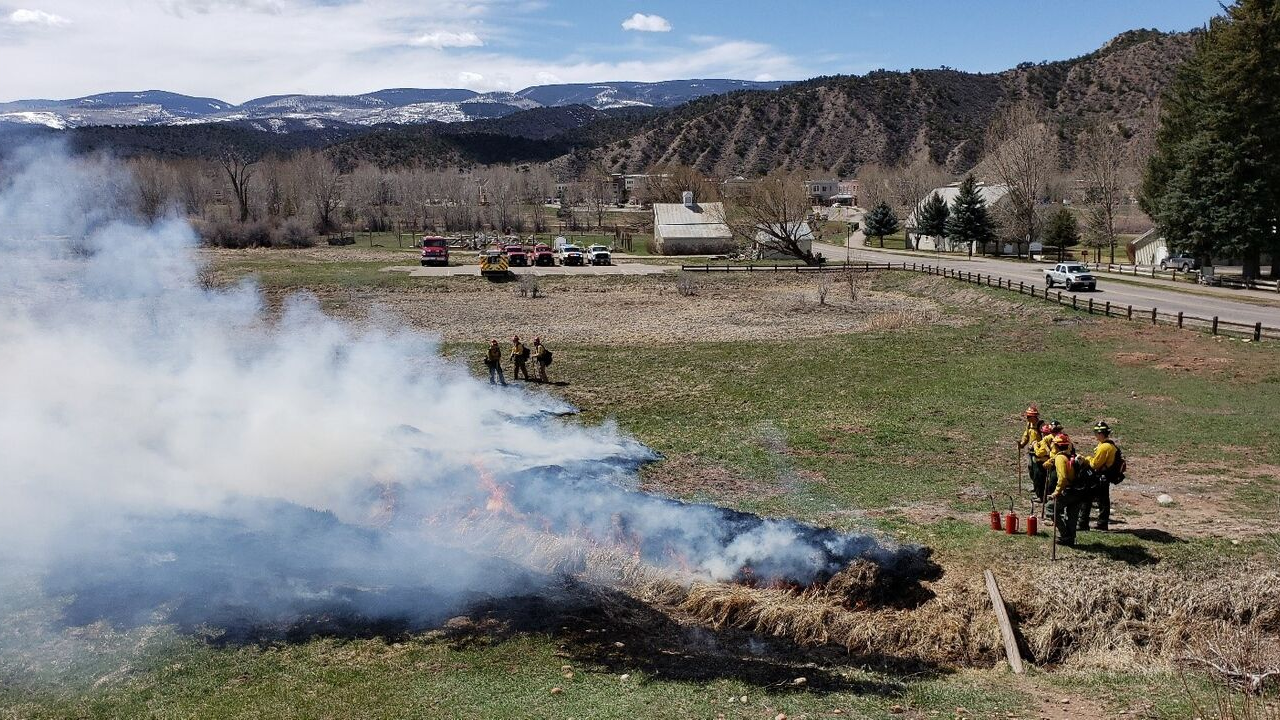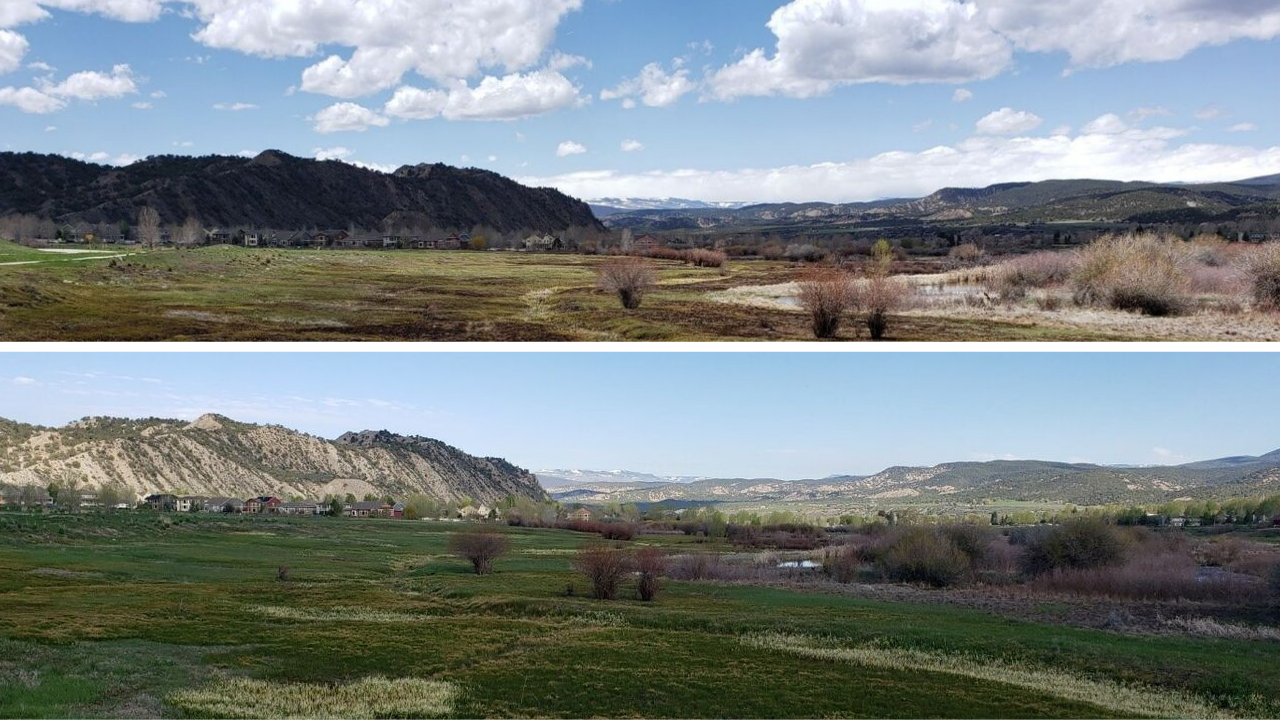Starting in early 2019 Greater Eagle Fire Protection District (GEFPD) implemented extensive wildland fire mitigation as part of its Fire Adapted Eagle initiative. Thus far in 2019, GEFPD has treated 112 acres and 811 structures, utilizing a combination of treatment methods including mastication, prescribed fire, and thinning. This was the first year that GEFPD implemented its own prescribed burning in the town of Eagle, but to reach this point the District had to invest in training and gaining community buy-in significantly.

It was a two-year process for GEFPD to get prescribed fire on the ground in the district, with the district utilizing a variety of training approaches and collaborating with partners. By 2018 National Wildfire Coordination Group (NWCG) training courses were fully implemented, which was a joint training operation with departments in the county. Then GEFPD got hands-on experience with prescribed fire by participating in prescribed burns with the US Forest Service as well as US Fish & Wildlife Service. Participating in these burns gave not only GEFPD experience but also showed their active role in cross-boundary mitigation efforts.
Another critical element for introducing intentional fire in the town of Eagle was gaining acceptance with the community. In 2017 GEFPD introduced the RSG! Program during open community meetings promoting the importance of defensible space and home hardening, laying the groundwork for the community outreach efforts to educate residents on the value of mitigation. During the Spring of 2018 when there was high fire potential, and the community was on heightened alert to the wildland fire threat, GEFPD once again held community meetings emphasizing the valuable role prescribed fire and mitigation play in increasing the community’s resiliency.
Other valuable tools like the use of a simtable during meetings with HOAs helped create visuals to provide perspective to reach resistant community members. Home assessments were conducted for areas at risk, and the RSG National Action Guide was used to provide homeowners with a visual aid to reinforce the points being addressed during the assessment.
As it came time to implement fuels reduction projects, GEFPD made the strategic decision to target open space areas in the community. After getting approval from the Town Council, GEFPD contacted the landowners that were in close proximity to project sites and presented this effort as ‘free mitigation’ near their property. GEFPD also used its social media resources on Facebook and Twitter to announce the prescribed burn dates and locations and held a community meeting to provide transparency about the projects.

News coverage of the prescribed burns provided context for the purpose of the projects and directed readers to the importance of defensible space and mitigation. GEFPD’s Wildland Coordinator Hugh Fairfield-Smith provided community members with his contact information to answer any questions and address any concerns about prescribed fire. All these efforts helped ease any resistance from community members.
In terms of funding, GEFPD applied for a variety of grants and also allocated some of their own funds towards the mitigation for Fire Adapted Eagle. Grants from Fire Adapted Colorado, as well as a smaller award from the RSG! Program’s Community Fuels Reduction Grants Program helped implement the Spring of 2019 mitigation projects. Additionally, GEFPD had its own matching funds dedicated to mitigation projects. The maintenance and ongoing needs for fuels reduction mean that GEFPD will need to continue exploring available funding opportunities and look for innovative solutions for sustaining its mitigation efforts.
Smart Practices Implemented by GEFPD to Gain Community Buy-in for Prescribed Fire.
- Holding community meetings during high fire potential times to engage community members when there was more attention and interest from residents.
- Wildland Coordinator Hugh Fairfield-Smith provided contact information during community outreach, offering to answer any questions community members might have about proposed projects. Taking the time to answer individuals’ questions helped generate more understanding and acceptance for prescribed fire projects in the community.
- Partnerships with local fire districts and federal partners with regards to training and fuels reduction projects to enhance cross-boundary collaboration and increase the reach of wildland fire risk reduction.
- Targeting open spaces for prescribed fire projects, focusing district time and funds on common areas in the town.
While it was a multi-year effort to bring prescribed fire into the Town of Eagle, the investment of GEFPD and the acceptance they gained from their community has yielded a significant accomplishment for its wildland fire mitigation. Through extensive training and cultivating partnerships, the district developed the capacity to implement the valuable work.
The multi-faceted community engagement and use of the RSG! Program platform enabled GEFPD to get the community’s buy-in for introducing intentional fire as part of Fire Adapted Eagle.
Jennifer Dietz is a program manager for the Ready, Set, Go! Program at the IAFC.
GEFPD is a combination department in Eagle, Colorado serving a residential population of over 8,000 citizens.